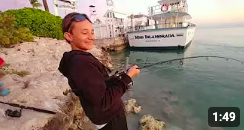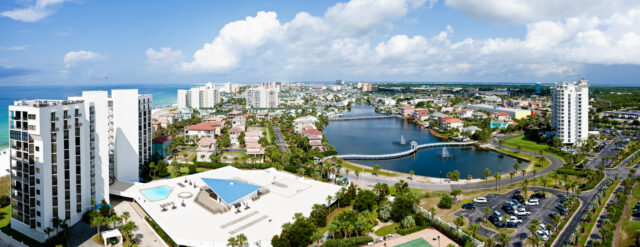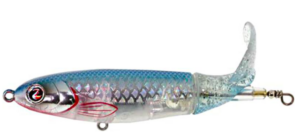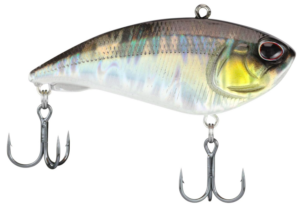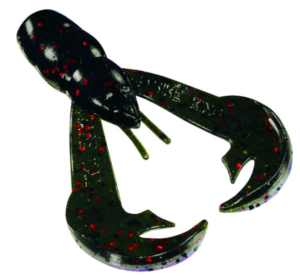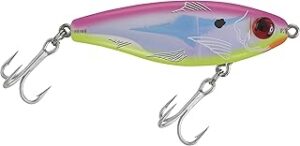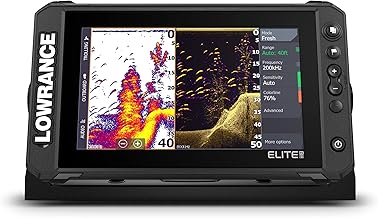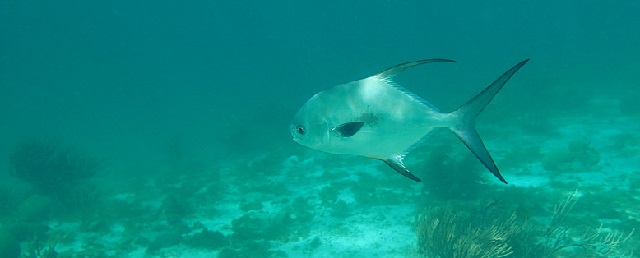
The permit is a game fish of the western Atlantic ocean belonging to the Carangidae family. Permits can be distinguished by their elongated dorsal fins and anal fin. The permit tails are deeply forked and their bodies are compressed laterally, making the fish tall and thin when viewed from the front. In North America, they are found on the Atlantic coast from Massachusetts to the Florida Keys and throughout most of the Caribbean Islands.
Habitat
Permit are typically found in shallow, tropical waters such as flats, channels and even muddy bottoms. They can also be found offshore near reefs and wrecks.
How to Catch Permit
Permit are mostly caught inshore on the flats. Anglers target them by sight fishing when the waters are high enough on the flats. Permit can often be seen tailing on the flats, which gives anglers a chance to make a cast to them while they are feeding. The channels near the flats can also be productive, especially during a low tide. Offshore, anglers usually fish for permit on the reefs, wrecks and rock piles. Live bait is the easiest way to catch these fish. Live crabs work best, but shrimp will also do the trick. Some anglers do fish with artificials as well. Small jigs, soft plastics and flies will entice some permit to eat, but it’s not easy to catch them on artificials.
Recommended Tackle
When fishing for permit, you will often have to make longer casts, so the tackle you use is super important. Most anglers prefer 10 to 14 pound test line when using mono. You can use other types of line as well. Braided line will help you cast further and you can go a little heavier with the braid and still have a smaller diameter than the 10 to 14 pound mono. When using braid, use a fluorocarbon leader in the 10 to 20 pound range. Medium to medium heavy spinning rods and reels will work great.
Eating Permit
Permit taste excellent. There are a lot of good recipes on the net for how to prepare permit.
Inshore Fishing for Permit
Permit are an exciting fish to target inshore. You can usually find them on the sand flats, grass flats and the channels near the flats. Permit can often be seen tailing on the flats as they feed on crabs. Tailing permit are very catchable if you can get your bait in front of their face without spooking them. Most anglers will fish with light tackle on the flats with live crabs or live shrimp for permit. You can also catch them with soft plastics, jigs and flies.
Offshore Fishing for Permit
Permit can be found offshore over the reefs, wrecks and rock piles in deeper water. To catch them offshore, anglers use bottom rigs with live crabs and live shrimp. Artificial jigs and soft plastics can also entice some permit into feeding, but live bait will consistently catch more fish. Beefing up the tackle is a must to avoid getting snagged in the rocky structure below. Anglers use anywhere from 6 to 20 pound line on the flats for shallow water permit fishing, but 15 to 30 pound line is more common around the wrecks. Some anglers will even go as high as 50 pound test line to make sure they aren’t losing fish in the wrecks.
Fly Fishing for Permit
Catching permit on the fly is one of the most challenging things you can do while fly fishing the flats. To consistently catch permit on the fly, you need to travel to some of the destinations that have large numbers of permit on the flats, a good guide or partner that can help to put you in a position to make a good cast and most importantly, making an accurate cast that doesn’t go too long or fall short. Permit spook so easily and they can be so finicky that catching them on the flats with a fly may seem impossible to some fishermen. It is possible though with some patience and skill. Many fly fishermen insist that you need to be fishing with Del Brown’s Merkin Crab Fly if you want a chance to catch a permit on the fly.
How the Tides Affect Permit Fishing
The tides play a huge role in where, how and when the permit will be feeding inshore. In offshore waters, the tides don’t have much of an impact. Inshore, permit are targeted mostly on the flats where anglers can sight fish for them. These shallow water flats will have lots of fish on them during the high tide. Moving water is key to finding feeding fish, so it is recommended to fish on either side of the high tide. During low tides, many of the flats are too shallow to hold permit. The nearby channels that hold some deeper water are good places to target permit during the low tide.



